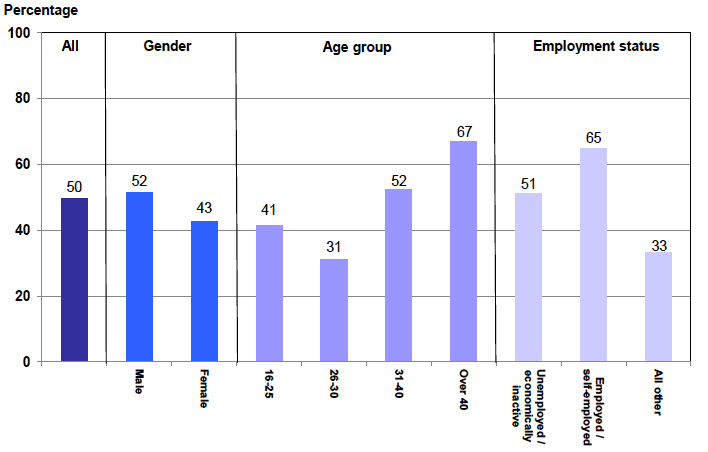Criminal justice social work statistics in Scotland: 2015-2016
National-level information on criminal justice social work activity in Scotland, including data on criminal justice social work services and social work orders.
This document is part of a collection
5.3 Drug treatment and testing orders
5.3.1 The drug treatment and testing order is available to courts (excluding justice of the peace courts) as a high tariff disposal for people with substance use problems who might otherwise get a custodial sentence. In addition, the less intensive DTTO II has been available to all courts in City of Edinburgh, East Lothian and Midlothian on a pilot basis since 2008, and currently accounts for just over a quarter of the DTTOs in these areas (see §B.6). Data for 2012-13 onward are collected at unit level, while earlier figures are based on aggregate data and so caution is suggested when comparing the two sets of figures (see Annex A for more details).
5.3.2 A total of 520 drug treatment and testing orders commenced in 2015-16 (including the DTTO II). This was the lowest level since the data was first collected and was 29 per cent lower than in 2009-10 ( Table 2). Males accounted for almost 80 per cent of orders commenced in 2015-16 ( Table 24). The incidence of DTTOs was highest amongst the 31-40 age group (just under 4 per 10,000 population), and was lowest for under 21s and over 40s (less than ½ per 10,000 population).
5.3.3 Eighty-seven per cent of people getting a DTTO were either unemployed or economically inactive.
5.3.4 The average length of a DTTO in 2015-16 was just under 18 months. Average lengths have consistently sat at around 18 months over the last five years ( Table 24).
Chart 8 Drug treatment and testing order commencements,
terminations and completions/discharges: 2010-11 to
2015-16

5.3.5 Eighty-two per cent of DTTOs commenced in 2015-16 had first direct contact within one working day of the order being imposed, similar to 2014-15 but higher than the level of 76 per cent in 2013-14. Eight per cent of cases in 2015-16 took longer than five working days ( Table 25).
5.3.6 In 84 per cent of orders commenced, the first case management meeting took place within five working days. This was similar to the levels of the previous two years, although substantially higher than the level of 74 per cent in 2012-13. In 2015-16, less than 9 per cent of cases took longer than ten working days ( Table 25).
5.3.7 The reasons provided for not complying with these timescales in 2015-16 suggest that people getting DTTOs present more challenges, as not attending meetings without an excuse is more prevalent than for other order types - 51 per cent for the initial contact meeting and 41 per cent for the induction/ case management meeting ( Table 26).
5.3.8 There were 570 drug treatment and testing orders in force on 31 March 2016, the lowest number since this was first collected ( Table 2).
5.3.9 In 2015-16, the number of DTTO terminations fell to 560, also the lowest level in the last seven years ( Tables 2 and 27). The successful completion rate fell from 55 per cent in 2014-15 to just below 50 per cent in 2015-16. This was the first time since 2010-11 that the rate was below half. The completion rate for DTTOs does tend to be lower than for other social work orders, due to the type of individuals involved.
5.3.10 Twenty-four per cent of orders were revoked due to review, with 21 per cent revoked due to breach ( Table 27). The remaining 5 per cent were terminated for other reasons (including transfer out of the area or the death of the person). A custodial sentence was imposed in 48 per cent of revoked cases ( Table 28).
5.3.11 Sixty-four per cent of orders were terminated without breach applications ( Table 29). The vast majority (81 per cent) of the breach applications were lodged with the court within 5 working days of the decision being made to make an application (see the additional datasets which accompany this publication).
5.3.12 Completion rates in 2015-16 varied markedly by age and employment status ( Chart 9), with older people and those in employment being more likely to complete. Over two-thirds of those aged over 40 successfully completed compared with 31 per cent of the 26-30 group. Just under two-thirds of those who were employed / self-employed completed their order. While this was the highest by employment status, it was substantially lower than the equivalent figure from 2014-15 of 88 per cent. It should, however, be pointed out that the number of people with a DTTO who are in employment is typically very small and completion rates can therefore vary widely between different years.
Chart 9 Completions/discharges of drug treatment and
testing orders by gender, age and employment status:
2015-16

Notes: Age and employment status at termination.
Contact
There is a problem
Thanks for your feedback